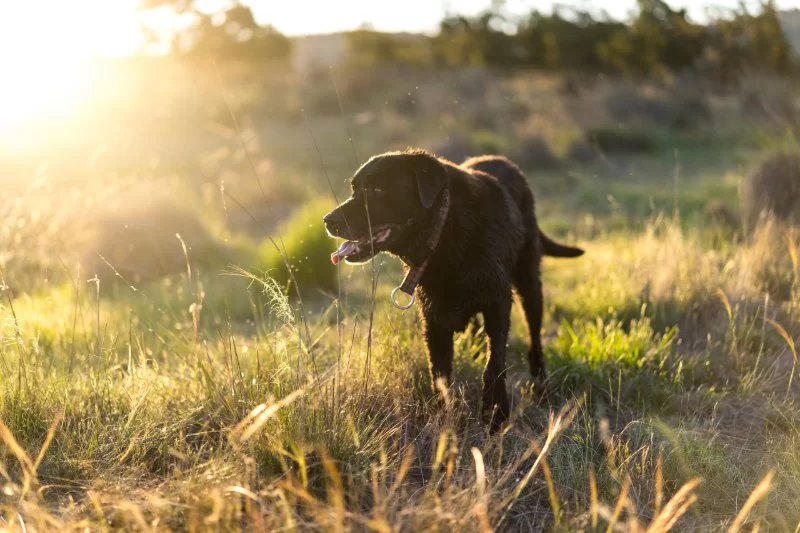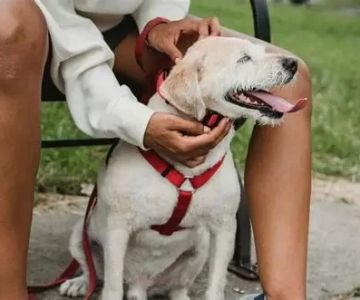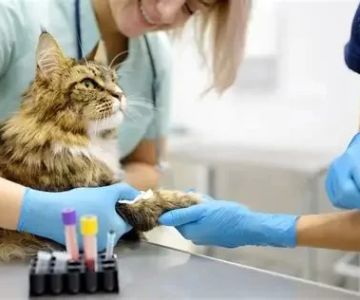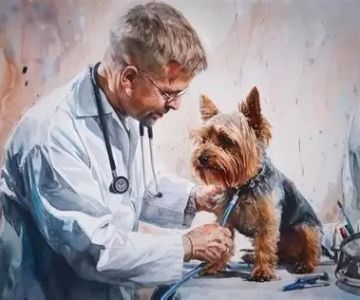How to Prevent Heatstroke in Pets During Summer Months in the U.S. You Shouldn't Ignore
- 1- Understanding Heatstroke in Pets
- 2- Recognizing the Signs of Heatstroke
- 3- Preventing Heatstroke in Pets
- 4- What to Do in Case of Heatstroke
- 5- Recommended Products to Keep Your Pet Cool
1. Understanding Heatstroke in Pets
Summer in the U.S. can bring scorching heat, and while it's enjoyable for many, it can be extremely dangerous for our pets. Heatstroke, also known as hyperthermia, happens when a pet's body temperature rises to a level that is harmful, often due to prolonged exposure to heat or strenuous activity. Unlike humans, pets, especially dogs and cats, cannot sweat to regulate their body temperature, which makes them more vulnerable during hot months.
Some pets, including those with thick coats, brachycephalic breeds (short-nosed dogs), and elderly or overweight animals, are especially at risk. It's crucial for pet owners to understand how heatstroke happens and the dangers it poses to their pets.
2. Recognizing the Signs of Heatstroke
Recognizing heatstroke in pets early can make a significant difference in how quickly you can help them recover. Some of the most common signs of heatstroke in pets include:
- Heavy panting and excessive drooling
- Red or pale gums and tongue
- Vomiting or diarrhea
- Disorientation and confusion
- Weakness or collapsing
If you notice any of these signs, it’s important to act immediately. Heatstroke can lead to organ failure or even death, so quick intervention is crucial.
3. Preventing Heatstroke in Pets
While heatstroke can be life-threatening, it is largely preventable with the right precautions. Here are a few steps pet owners can take to reduce the risk:

11841 Mason Montgomery Rd, Cincinnati, OH 45249, USA
See Details1. Keep Your Pet Hydrated
Dehydration is one of the main factors that contribute to heatstroke. Always provide fresh, cool water for your pet, especially during outdoor activities. If you're going for a walk or to the park, consider bringing a portable water bottle for your pet.
2. Avoid Peak Heat Hours
It’s best to avoid walks and outdoor play during the hottest part of the day, which is typically between 10 AM and 4 PM. Instead, schedule exercise in the cooler hours of early morning or late evening when temperatures are lower.
3. Provide Shade and Cool Spaces
If your pet spends time outdoors, ensure there are shaded areas where they can rest and stay cool. Even if you have an indoor pet, make sure your home is well-ventilated and air-conditioned during hot weather.
4. Avoid Hot Surfaces
Hot pavement, sand, or asphalt can burn your pet’s paws and increase their body temperature. During summer, keep your pet off these surfaces, or limit their exposure during the hottest times of the day.
4. What to Do in Case of Heatstroke
Despite your best efforts, there may be instances when your pet still suffers from heatstroke. Knowing how to respond in an emergency can save your pet’s life:
1. Move Them to a Cool Area
Get your pet out of the heat immediately. Take them inside to an air-conditioned room or a shaded area to help lower their body temperature.
2. Use Cool (Not Cold) Water
Soak a cloth or towel in cool (not cold) water and gently rub it on your pet's body, focusing on the belly, paws, and underarms. You can also use a hose or shower to rinse your pet with cool water.
3. Monitor Their Temperature
If possible, check your pet’s temperature using a thermometer. If it reaches above 104°F (40°C), seek veterinary care immediately.
4. Get Veterinary Help
Even if your pet shows signs of improvement, take them to the vet. Heatstroke can cause long-term organ damage that may not be immediately apparent.
5. Recommended Products to Keep Your Pet Cool
At Hidden Brook Veterinary, we offer a variety of products designed to help keep your pet cool and safe during the summer months:
Cooling Mats
Cooling mats are a great option for keeping your pet comfortable indoors. These mats work by absorbing heat from your pet’s body, helping them stay cooler for longer periods.
Cooling Vests
Cooling vests are perfect for dogs who love to play outside. These vests provide cooling relief by using water or gel to keep your pet cool during walks or outdoor activities.
Portable Fans
For outdoor adventures or trips, a portable pet fan can help ensure your pet gets a cool breeze wherever they go, reducing the risk of overheating.
Water Bottles with Built-In Bowls
These handy water bottles make hydration on-the-go easier for both you and your pet, ensuring they always have access to fresh water during walks and travel.
Browse our selection at Hidden Brook Veterinary to find the right cooling products for your furry friend.











